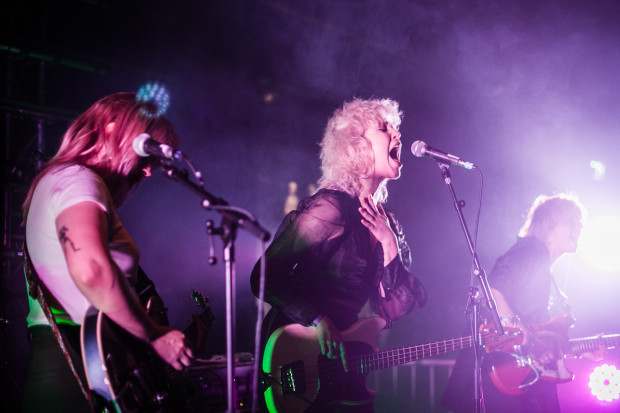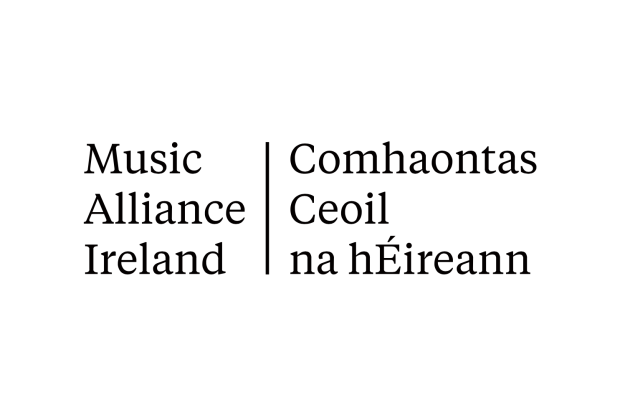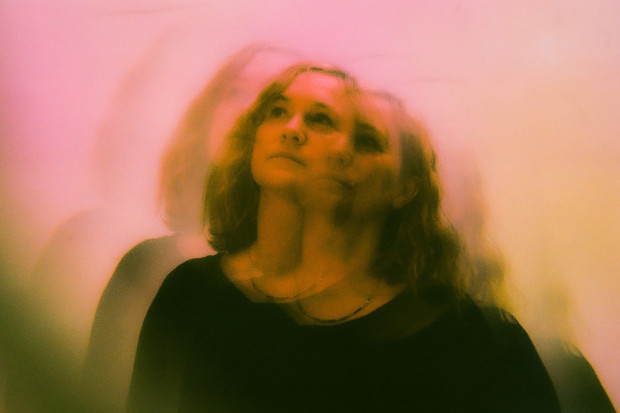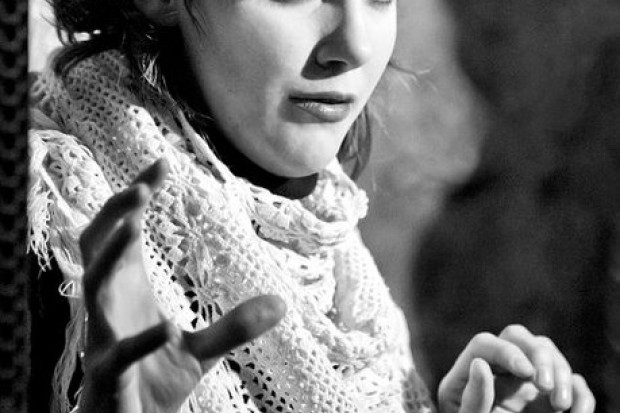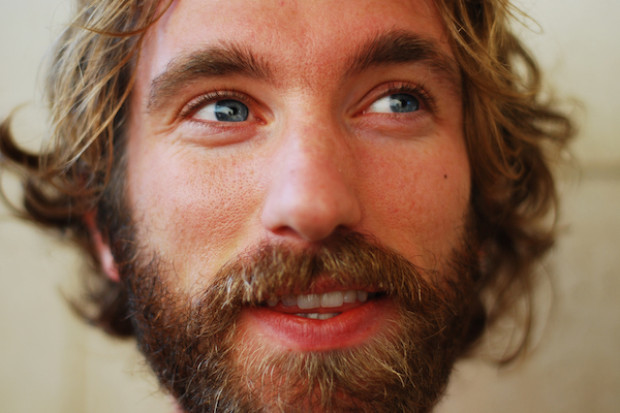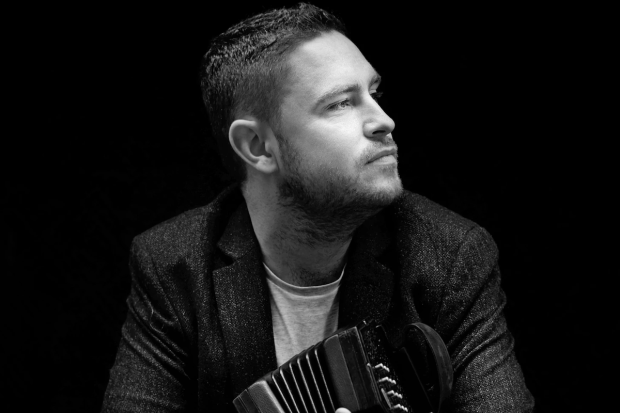Live Reviews: Nils Økland Trio
In theory, but only in some theory, music is to be treated as a thing in itself, and the nature of the location, of the audience and of the musicians as people are incidental. If so, the Improvised Music Company concert that presented Caoimhín Ó Raghallaigh and the Nils Økland Trio separately and together was blessed in its incidentals. St Audoen’s, which dates back to Viking times, is not open to the public gaze during the winter months, but the OPW has granted permission for a number of musical events. We were able to admire the repointed stonework and to appreciate how this simple, resonant space lends itself perfectly to meditative music-making.
Fiddler Caoimhín Ó Raghallaigh has been receiving quite a lot of attention lately – in the JMI as well as elsewhere. He is by no means an imitator of Martin Hayes, but he seems to have taken an element of the Hayes approach – an awareness that the move from communal music-making to the concert platform or to private listening can spur a new way of playing, amounting to what feels like recomposition – and pushed it on further. Where Hayes keeps the outer shape of the tune but seems to reveal hidden layers within, Ó Raghallaigh takes the tune as thematic material but feels free to use any technique at his disposal, including extended techniques more commonly deployed in improvised and contemporary/classical music. Some may be put off by the self-conscious artistry involved but what was interesting on the night was just how much the spirit of the airs he worked his variations on was respected.
Matching Ó Raghallaigh with Norwegian Nils Økland and his trio made perfect sense. Økland plays the Hardanger fiddle, the resonance of its extra strings adding an extra dimension to the sound. Sigbjørn Apeland played harmonium and organ, the latter by kind permission of the church organist. Hakon Stene played tympanum and a selection of more conventional percussion. Økland takes a traditional tune or hymn and then expands on it or works it through a number of phases, with a preference for moderate to slow speeds and a sense of reaching towards the spiritual. You could say – and whether this is a great compliment or not depends on your taste – that this was like Arvo Pärt in a folk-based idiom. The music seemed perfectly at home in St Audoen’s, and the audience – unaffected by the physical chill in the air – responded very warmly.
Did some sections go on a little too long? Was there a certain rigidity of approach? The percussionist was very precise in what he did (whether bowing, tapping or whacking), but are we allowed to wonder what would happen if the approach were less regular in pattern? Such thoughts were brought to the fore by the last section of the concert when the Nils Økland Trio and Caoimhín Ó Raghallaigh came together. Thrown into a jazz (or other) pond, some Irish traditional musicians have flailed and floundered; here, it was Ó Raghallaigh who seemed at ease in unpredictable waters while the Norwegians took a straighter line for shore.
Published on 1 March 2008
Barra Ó Séaghdha is a writer on cultural politics, literature and music.












